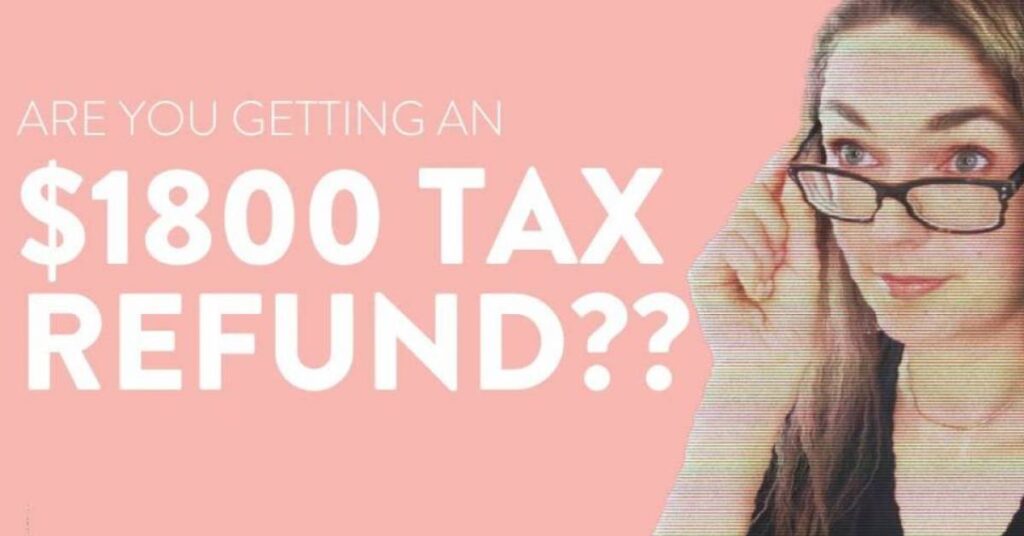Questrade eliminates trading fees — helping Canadians save thousands on investing costs

Questrade enthusiastically showered a lot of love on Canadian investors when it announced the elimination of trading fees on stocks and exchange-traded funds (ETFs) bought and sold on its award-winning trading platform, as of February 2025. Prior to this Feb 9, 2025 change, Questrade clients could avoid trading fees on the purchase of ETFs and […]
‘Heart-wrenching’: This Calgary man’s home just got demolished to make room for ‘Green Line’ transit project that might not even be reality — how is this legal in Canada?

Patrick Lindsay watched as his home in the River Run townhome community of Eau Claire, Calgary, was torn down for a transit project. “It’s just heart-wrenching,” says Lindsay. “I knew everyone in all the units. We will never have that again.” The homes were being demolished for a Green Line LRT with a station at […]
Dating in Canada: 3 cheap date ideas, plus tips for planning affordable third date ideas

Dating in Canada is hard and making it to the third date is a big deal. Ask any experienced dating app user — where a simple swipe right or left can make or break a budding romance. For single Canadians, making it to the third date adds a bit of pressure — for the expectation […]
Krista Ford-Haynes’ GoFundMe for police officer husband sparks backlash over privilege and legal fees

The daughter of Ontario Premier Doug Ford, Krista Ford-Haynes, recently launched a GoFundMe campaign to raise $100,000 for her husband’s legal defence. Her husband, Toronto Police Service (TPS) Staff Sergeant Dave Haynes, is facing misconduct charges for refusing to comply with the force’s COVID-19 vaccine mandate in 2021. The fundraising effort ignited widespread debate, with […]
How to file your taxes online in Canada

Whether you’re filing your taxes for the first time or looking for a better, cheaper way to do it, this short guide will show you how easy it is to file your taxes online in Canada. In truth, you can file your tax return online or by mail. But the Canada Revenue Agency (CRA) — […]
4 tips to help optimize your student loan repayment in Canada

Life is unpredictable, and financial obligations, such as student loans, can prevent us from acting quickly and decisively to adjust to changing economic circumstances. According to the Government of Canada, the total amount of student loans owed sat at $23.5 billion in 2022. In April 2023, the accumulation of interest on Canada Student Loans was […]
How student loan forgiveness works in Canada and the best ways to pay down your student loans

Student loans are often the first debt accrued by young Canadians with the average student loan at graduation for a Bachelor’s degree being $30,600 in 2020, according to Statistics Canada. What’s more, the total amount of student debt totals a whopping $23.5 billion. Women make up the majority (59%) of borrowers. Suffice to say, paying […]
Canada’s gender pay gap: Tech wage gap almost triples in 8-years as public service wages equalize

Canada’s gender pay gap has widened to a gulf in some industries and trickled to a stream in others. For instance, men in tech are now making $20,000 more than women annually, based on research conducted by the Dais using Statistics Canada data. However, in some arenas, such as public service, Canada has eked out […]
What it takes to retire with a comfortable $10,000/month in Canada

Retirement is the goal for many, but getting there can feel like a formidable but rewarding challenge. It takes preparation, diligence and patience to be able to accrue enough saved income in order to enjoy those golden years, especially suited to your individual circumstances and lifestyle preferences. Everyone’s goal may be different, but all future […]
You sold a successful business. How do you use your windfall? Maybe a dream trip?

Being a business owner means getting cozy with uncertainty. From shifting consumer preferences to a global pandemic, your company can be trucking along the highway of prosperity one day and flipped over in a ditch the next. Typically, superior service, products and operations act as a sufficient barrier between a business and the daily uncertainties […]